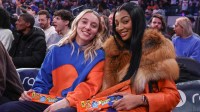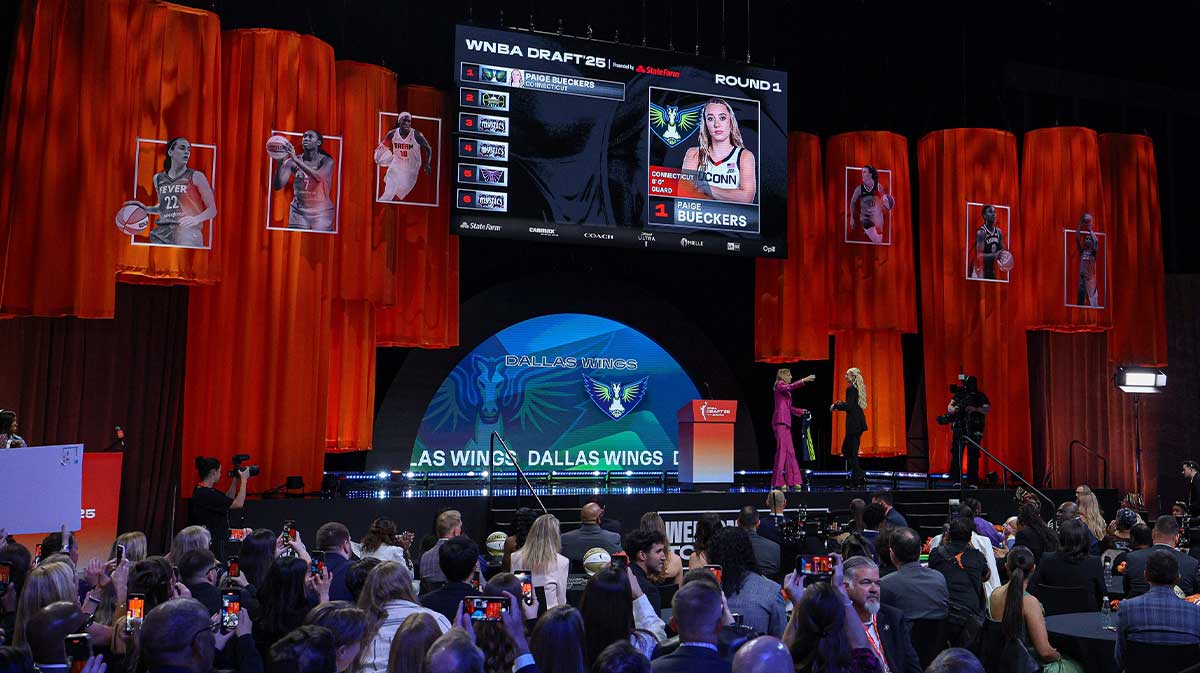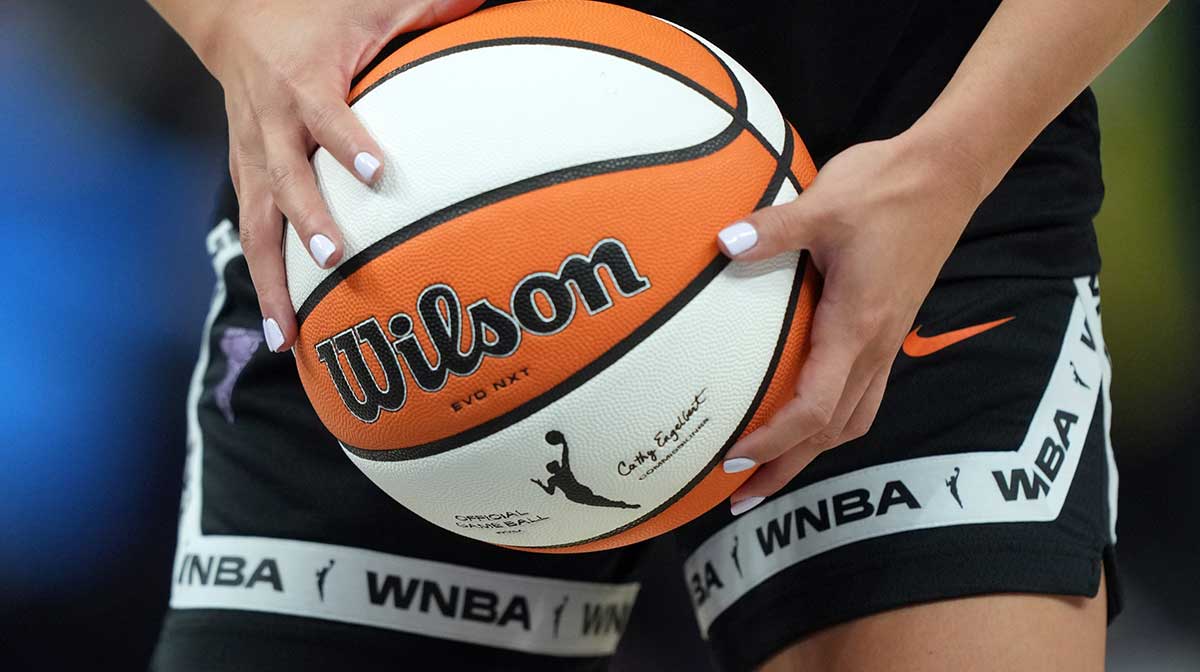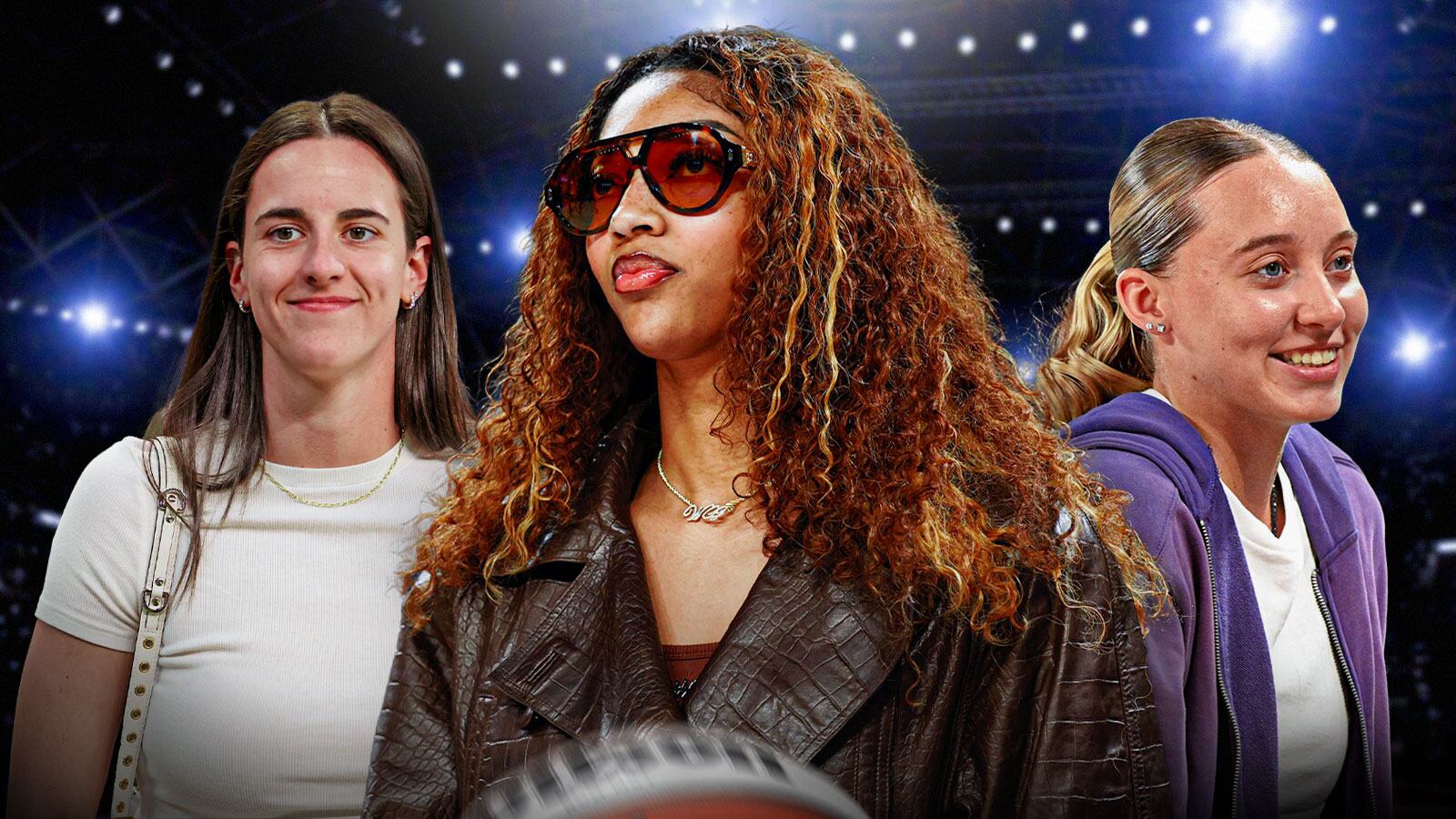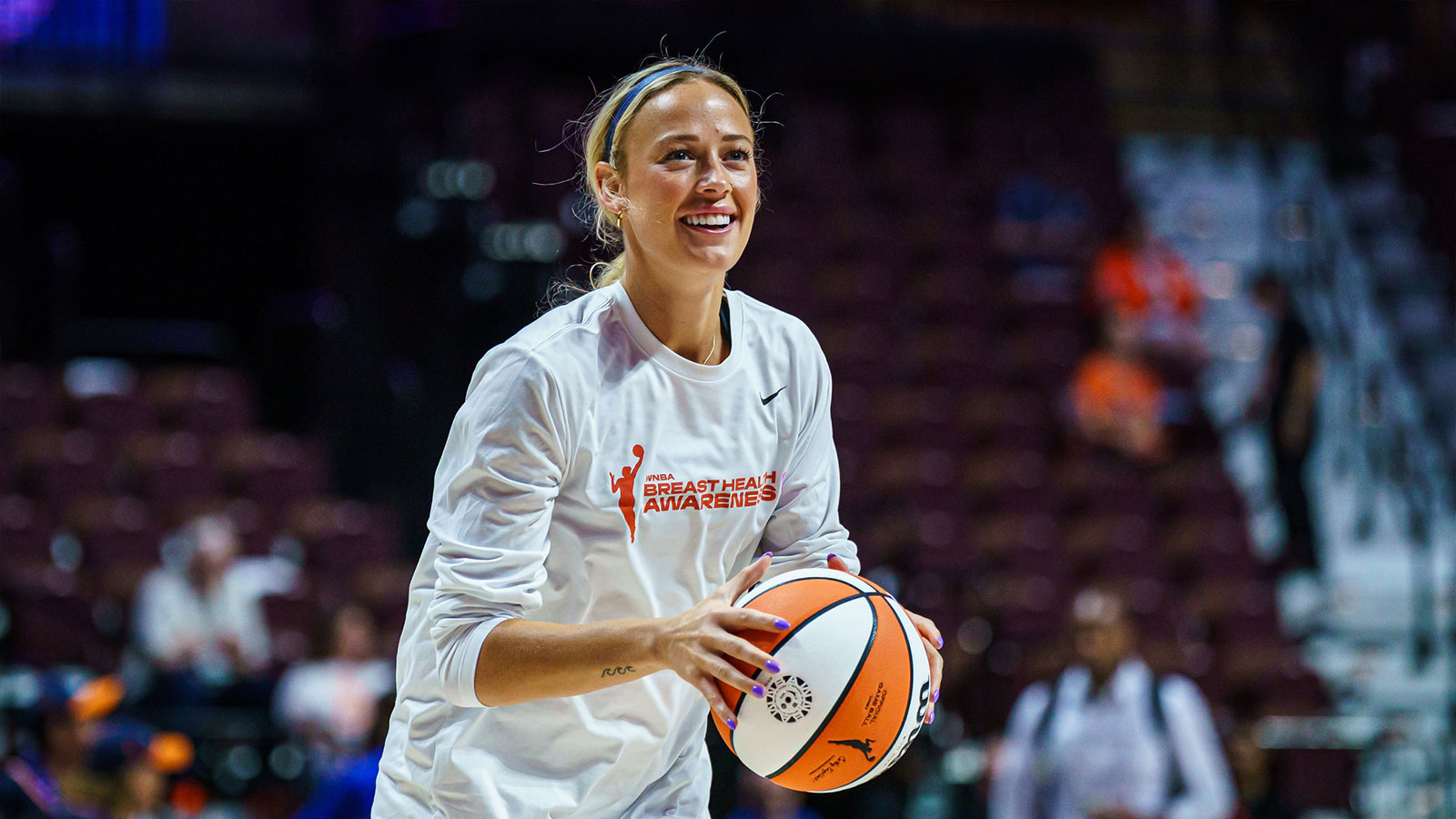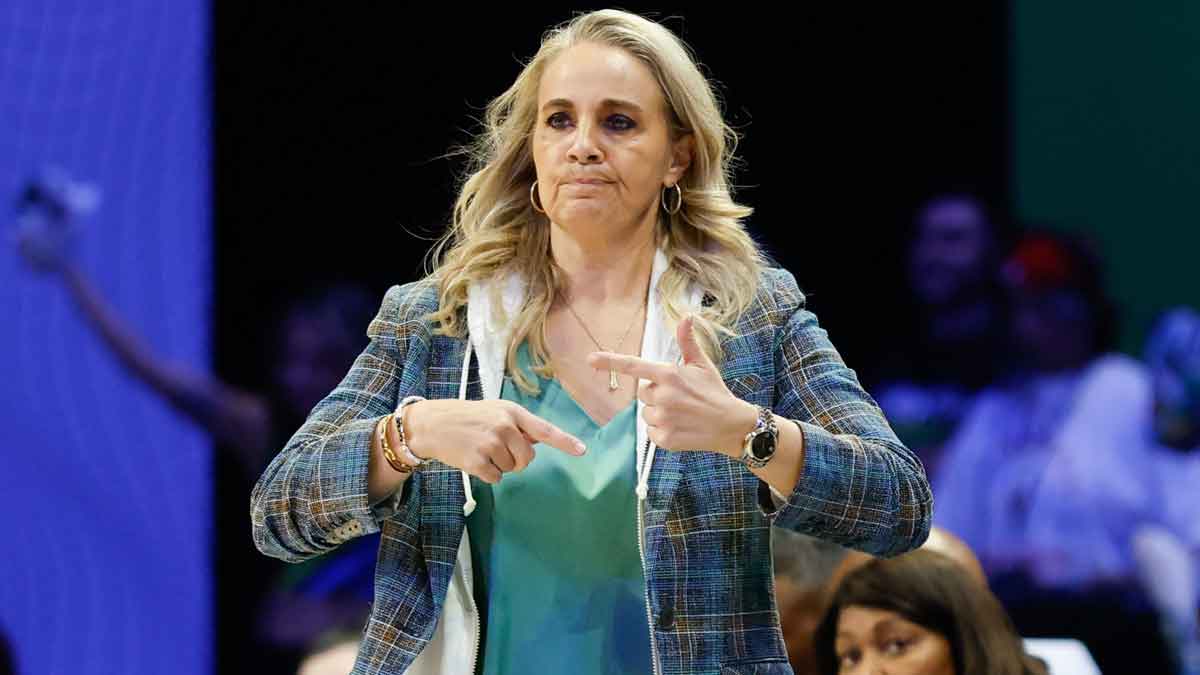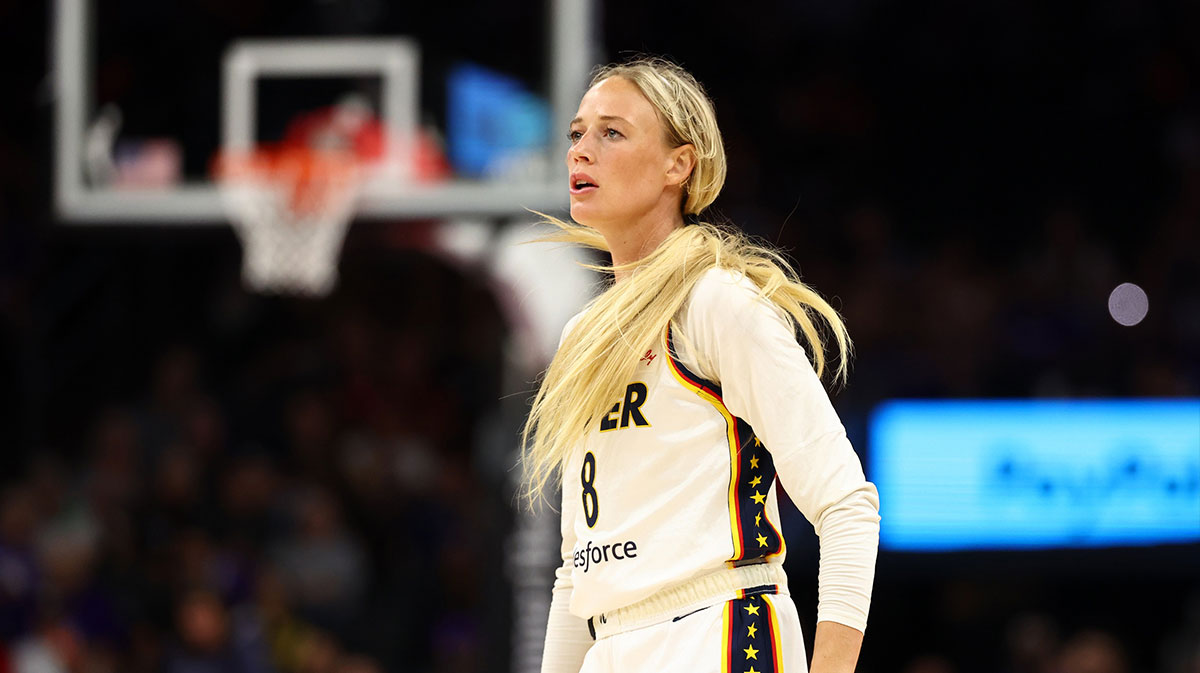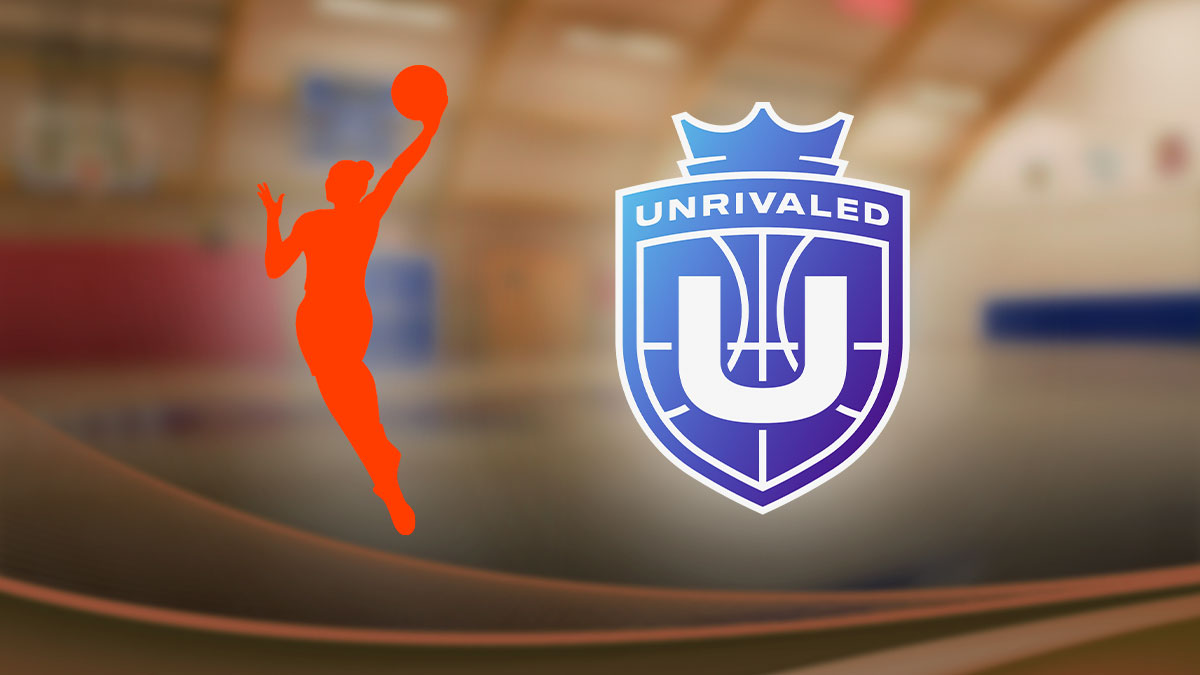Projecting the top picks of a WNBA draft is always a balance of analyzing current collegiate production, long-term potential, and the specific structural needs of each team. The landscape is shaped by a standout group of NCAA players entering the 2025-26 season who have developed into elite prospects with legitimate franchise-altering upside.
While the true order of the 2026 WNBA Draft will likely not be known until next spring, evaluating which prospect each lottery team should select if it ends up with the first overall pick reveals how distinct needs and philosophies influence ideal draft outcomes.
The headliners of the 2026 class remain clear, and those standout prospects anchor what is widely regarded as one of the strongest collections of college talent in several years. Each of these players brings a different blend of skills, and each addresses different weaknesses in the rosters of this year’s likely lottery teams: the Dallas Wings, Seattle Storm (who own the LA Sparks’ pick), Minnesota Lynx (owning the Chicago Sky’s pick), Washington Mystics, and now the Sky themselves.
Below is a team-by-team examination of which player would be the most logical and beneficial first-overall pick for each franchise if the ping-pong balls were to fall in their favor.
Dallas Wings: Lauren Betts (UCLA, C)
For the Wings, the top priority is unquestionably interior stability. Over the last several seasons, Dallas has built a roster heavy on young perimeter talent and versatile forwards, but the franchise has never fully solved the issue of rim protection and backline defensive consistency. If the Wings are lucky enough to land their second No. 1 pick in a row, Lauren Betts is the near-perfect fit.
At 6-foot-7 and with soft hands, dominant rebounding instincts, and an advanced post game, Betts is the type of traditional center who can alter the strategy of opposing offenses simply by being on the floor. Her shot-blocking presence changes driving angles, her rebounding secures possessions, and her touch around the basket ensures the team will take advantage of high-percentage looks.
While modern systems often lean toward stretch bigs or switch-heavy schemes, Betts’ value lies in her ability to anchor a defense from day one. For a Dallas squad that has often relied on outscoring opponents rather than controlling the paint, Betts fills the void that has kept the team from taking the next step in postseason play.
Betts' ability to command attention in the low post also creates more spacing for the team’s perimeter scorers. Given the Wings’ long-term trajectory and the team’s significant need for size, Betts is the clear choice if they were to secure the first pick.
Seattle Storm: Azzi Fudd (UConn, G)
The Storm have rebuilt aggressively in the years since the retirement of Sue Bird, and while they have added quality pieces, they remain a team that thrives when they have elite perimeter shooting and dynamic scoring on the wing. Azzi Fudd is a player who looks born to fit the Seattle model.
Fudd, one of the best pure shooters women’s basketball has seen at the collegiate level, brings instant spacing to any lineup. Her ability to hit threes at volume, both off movement and off the dribble, draws defensive attention the moment she crosses halfcourt. Pairing this skill set with Seattle’s existing scoring options creates a dangerous offensive ecosystem.
The UConn star's injury history will always be a factor in draft discussions, but her ceiling remains too high to overlook. Fudd is more than just a shooter — she has matured into an excellent off-ball mover, capable passer, and a guard with deceptive strength and physicality. For a Storm team that needs a new permanent face-of-the-franchise perimeter scorer who fits the team’s historical blueprint, Fudd is the ideal selection.
Minnesota Lynx: Olivia Miles (TCU, PG)
Minnesota has seamlessly transitioned into a new era in the last few years behind Napheesa Collier's star power, but what the Lynx lack most clearly is a true point guard capable of running a modern WNBA offense. Olivia Miles is that answer and more.
Miles has long been hailed as one of the most gifted passers in college basketball. Her floor vision is beyond impressive for someone so young — she anticipates plays before they develop, manipulates defenses with her eyes, and elevates teammates through her decision-making. As Miles has continued to improve her scoring efficiency and 3-point shooting, her profile as a lead guard capable of steering a WNBA offense has only grown stronger.
For the Lynx, who have elite scorers but no natural floor general, Miles would immediately impact the franchise’s offensive identity. Her ability to rebound from the guard position also fits Minnesota’s historical preference for physical, multi-dimensional players. If the Lynx secure the No. 1 pick thanks to their trade with Chicago, Miles is the player who fills their most glaring need and offers the smoothest long-term integration.
Washington Mystics: Ta’Niya Latson (South Carolina, G)
The Mystics are already in the midst of an identity shift following the official retirement of Elena Delle Donne, and they've transitioned into a new competitive timeline surprisingly quickly. What Washington lacks most is a dynamic three-level scorer — someone who can break down defenses, create shots late in the clock, and provide consistent pressure on opposing backcourts. Ta’Niya Latson, one of the most explosive and versatile scoring guards in college basketball, fits this definition perfectly.
Latson’s ability to attack from anywhere on the floor makes her an immediate offensive upgrade. She scores off the bounce, finishes creatively at the rim despite a smaller frame, and has an improving jumper that demands defensive attention. For a Mystics team that has sometimes struggled to generate offensive output, adding a guard who can consistently generate her own looks is invaluable.
She is also a competitor with a relentless motor, which is a trait that has worked well for successful Washington teams. While Latson's size may create some defensive questions at the WNBA level, her offensive ceiling outweighs those concerns. Latson offers the Mystics a gateway to solidifying their new identity and a potential offensive star.
Chicago Sky: Flau’jae Johnson (LSU, G/F)
The Sky are in the middle of a long-term rebuild and have multiple areas of need. They require additional scoring, athleticism, and perimeter defense. Plus, a player with true franchise charisma who can anchor a multi-year rebuilding effort wouldn't hurt. Luckily, Flau’jae Johnson, one of college basketball’s most steadily improving wings, checks every one of those boxes.
Johnson’s blend of scoring ability, physical strength, and defensive upside makes her one of the most versatile players in the draft class. She can play either wing spot, guard multiple positions, and create offense in transition or out of structured sets. And crucially, her game continues to expand — her shooting has become more reliable, her handle has tightened, and her defensive instincts have sharpened.
For Chicago, which desperately needs a player who can grow into a premier two-way wing, Johnson possesses the perfect developmental profile. She may not be as polished a scorer as Latson or as generational a presence as Betts, but she brings a balanced package that fits a team at the start of a long runway. Johnson is also a natural marketable star, which is an intangible but meaningful asset for a rebuilding franchise.
Each of the projected top prospects in the 2026 class offers something distinct, and each has the potential to become a cornerstone player in the WNBA. But the value of the first overall pick changes dramatically depending on the team that holds it.
The Wings need the size and defensive presence only Betts can provide. The Storm, always at their best with elite shooting, would be perfectly positioned to develop Fudd. Minnesota’s offense would elevate overnight with a point guard like Miles. The Mystics need Latson’s scoring punch to reenergize their roster. And the Sky, looking for more star power combined with versatility, would find the ideal foundation in Johnson.
While none of these selections are guaranteed, and draft boards will no doubt shift throughout the 2025-26 NCAA season, the logic behind each pairing is rooted in both team construction and player trajectory. If any of these franchises wins the draft lottery, their choice should be clear, and the future of each team could change on a single selection.


